Home>diy>Building & Construction>What Is The Best Foundation Repair Method
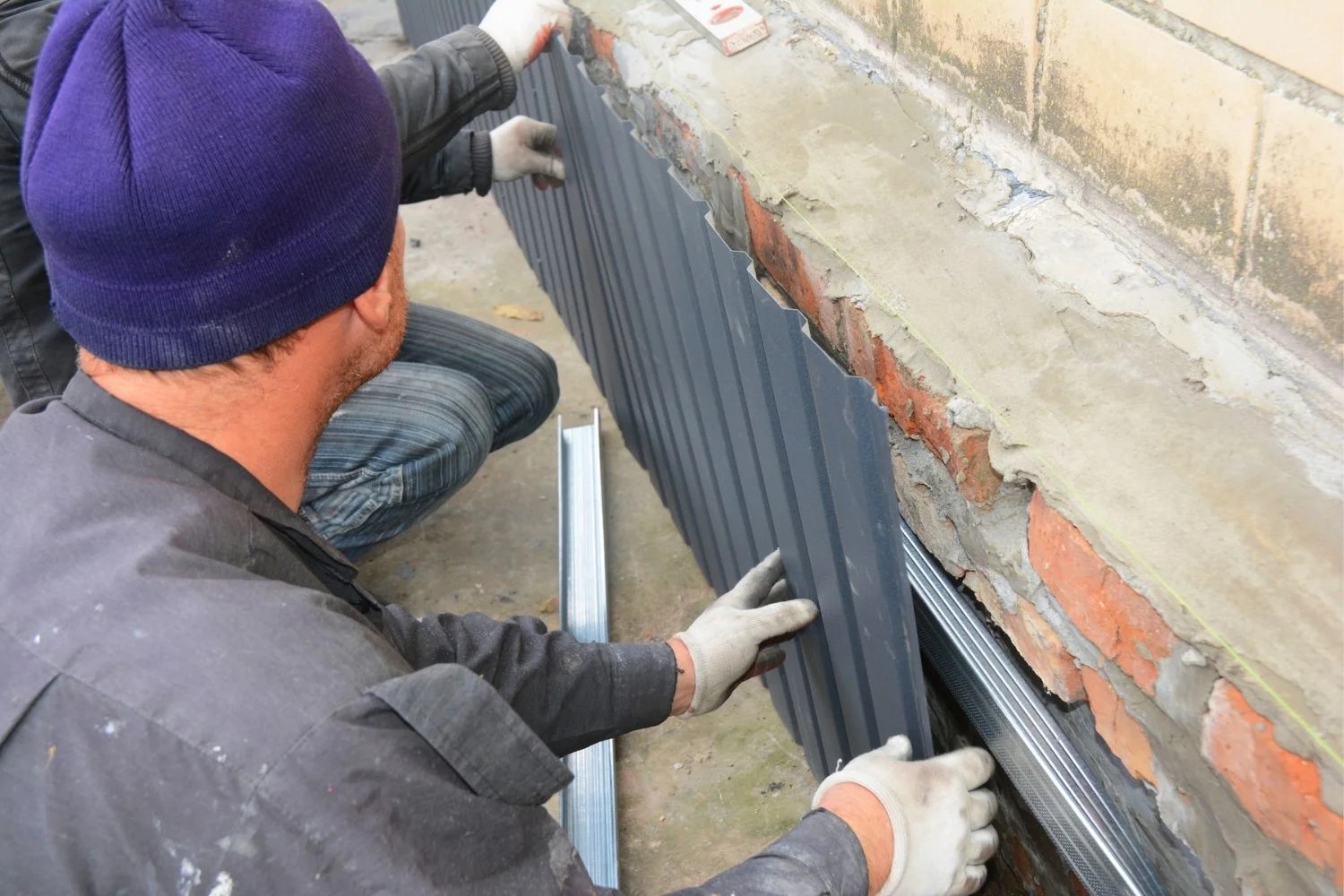

Building & Construction
What Is The Best Foundation Repair Method
Modified: October 18, 2024
Discover the most effective foundation repair method for building construction. Ensure the stability and durability of your project with our expert solutions.
(Many of the links in this article redirect to a specific reviewed product. Your purchase of these products through affiliate links helps to generate commission for Storables.com, at no extra cost. Learn more)
Introduction
When it comes to building construction, a strong foundation is crucial for the stability and longevity of any structure. However, over time, foundations can become damaged and compromised due to various factors such as soil settlement, water damage, or improper construction techniques. These foundation issues can lead to significant structural problems, including cracks in walls, uneven floors, and even a sinking or shifting foundation.
Foundation damage not only compromises the safety of a building but also diminishes its overall value. That’s why it’s important to address foundation issues promptly and implement effective repair methods to restore stability and prevent further damage.
In this article, we will explore the common types of foundation damage, discuss the importance of foundation repair, and delve into the various factors to consider when choosing a foundation repair method. We will also explore some of the most commonly used foundation repair techniques and their applications.
Key Takeaways:
- Foundation repair is crucial for safety, property value, and structural stability. Understanding the types of damage and factors for choosing the right repair method is essential for long-term building maintenance.
- Various foundation repair methods, such as pier and beam, steel piers, and carbon fiber reinforcement, offer effective solutions for specific issues like settling, cracking, and bowing walls. Consulting with professionals ensures the right approach for restoring stability.
Read more: What Is The Best Foundation For A Shed
Common Types of Foundation Damage
Foundation damage can manifest in various ways, each indicative of a particular issue or underlying problem. Understanding the different types of foundation damage can help identify the root cause and determine the appropriate course of action for repair. Here are some of the most common types of foundation damage:
- Cracks in walls and floors: One of the most obvious signs of foundation damage is the presence of cracks in walls and floors. These cracks can appear horizontally, vertically, or in a stair-step pattern. They may start small but can widen over time, indicating movement or settlement in the foundation.
- Uneven floors: Another common indication of foundation damage is uneven or sloping floors. If you notice that the floors in your home or building are no longer level or have a noticeable slope, it could be a sign of a compromised foundation.
- Sticking doors and windows: Foundation issues can cause doors and windows to become misaligned, making them difficult to open or close properly. This is due to the shifting and settling of the foundation, causing the door and window frames to become skewed.
- Bowing or leaning walls: When the foundation experiences excessive pressure from the surrounding soil or water, it can lead to walls that bow or lean inward. This is a serious issue and should be addressed promptly to avoid further structural damage.
- Sinking or settling foundation: If you notice that your foundation is sinking or settling, it is a clear indication of foundation damage. This can result from soil erosion, inadequate soil compaction during construction, or moisture-related issues that compromise the stability of the foundation.
These are just a few examples of the common types of foundation damage that can occur. It’s important to regularly inspect your building and be aware of any signs of foundation issues. Early detection can prevent further damage and potentially save you from more extensive and expensive repairs down the line.
Importance of Foundation Repair
Foundation repair is a crucial step in maintaining the structural integrity and safety of any building. Ignoring foundation issues can lead to a cascade of problems that affect not only the foundation itself but also the entire structure. Here are some key reasons why foundation repair is important:
- Safety: The stability of a building depends on a solid foundation. Foundation damage can compromise the structural integrity of the building, leading to potential safety hazards. Repairing the foundation ensures the safety of the occupants and reduces the risk of accidents or collapses.
- Preventing further damage: Foundation issues tend to worsen over time if left unaddressed. Small cracks and minor settlement can escalate into major structural damage if not repaired promptly. By fixing foundation problems at the early stages, you can prevent further damage and avoid costly repairs in the future.
- Preserving property value: A damaged foundation significantly lowers the value of a property. When selling a home or commercial building, foundation issues can deter potential buyers and result in lower offers. Repairing the foundation ensures that the property retains its value and attractiveness to potential buyers.
- Improved structural stability: Foundation repair restores the stability and durability of the building. By addressing the underlying issues, such as uneven settlement or soil movement, the repaired foundation provides a solid base for the structure. This enhances the overall longevity and resilience of the building.
- Preventing moisture and water damage: Foundation damage often leads to water intrusion and moisture-related problems. Cracks in the foundation can allow water to seep inside, causing mold growth, rotting wood, and damage to the building’s interior. Repairing the foundation ensures proper sealing and prevents water damage.
It is important to note that foundation repair should be done by professionals, as they have the expertise and knowledge to assess the extent of the damage and determine the most appropriate repair methods. By addressing foundation issues in a timely manner, you can protect your investment and ensure the long-term stability and safety of your building.
Factors to Consider in Choosing a Foundation Repair Method
Choosing the right foundation repair method is essential to effectively address the specific issues and ensure the long-term stability of the foundation. Here are some key factors to consider when selecting a foundation repair method:
- Type and severity of foundation damage: The first step is to assess the type and severity of the foundation damage. Different repair methods are suitable for specific problems, such as cracks, settling, or bowing walls. Understanding the nature of the damage will help determine the most appropriate repair technique.
- Soil conditions: The characteristics of the soil surrounding the foundation play a significant role in the choice of repair method. Factors such as soil type, moisture content, and stability impact the effectiveness of certain repair techniques. For example, for expansive clay soils, methods like pier and beam or steel piers may be more suitable for stabilization.
- Accessibility: The accessibility of the foundation and the surrounding area also influence the choice of repair method. Some techniques require extensive excavation and may not be feasible if there are physical constraints, such as limited space or existing structures.
- Cost: The cost of foundation repair is another crucial consideration. The extent of the damage, the complexity of the repair, and the chosen method can all impact the overall cost. It is important to get multiple quotes from reputable contractors to ensure a fair and accurate estimate.
- Long-term effectiveness: It is essential to select a repair method that provides a long-term solution rather than a temporary fix. Consider the durability and reliability of the technique in relation to the specific foundation issues. Look for methods that come with warranties to ensure ongoing support.
- Timeframe: Depending on the urgency of the repair and the impact it may have on occupants or ongoing construction, the timeframe for the repair can be an important factor. Some methods require minimal disruption and can be completed relatively quickly, while others may require more time for excavation and installation.
Overall, choosing the right foundation repair method requires careful consideration of these factors. It is advisable to consult with a professional foundation repair contractor to assess the specific situation and recommend the most suitable method for your building’s needs.
Methods of Foundation Repair
When it comes to repairing a damaged foundation, several methods can be employed to address different types of issues. The choice of method depends on the specific foundation damage, the soil conditions, accessibility, and other factors. Here are some of the commonly used foundation repair methods:
- Pier and Beam Foundation Repair: This method involves installing concrete piers or steel beams underneath the foundation to provide support and stability. It is typically used for foundations that have experienced settling or have uneven floors.
- Concrete Pressed Piling: Concrete pressed piling involves driving long, cylindrical concrete piles into the ground beneath the foundation. The piles are pressed into the soil, creating a stable foundation support system. This method is commonly used for foundation leveling and stability.
- Steel Piers: Steel piers are a popular choice for foundation repair, especially in areas with expansive clay soils. Steel piers are driven into the ground until they reach stable soil layers, providing support and stability to the foundation. This method is effective for both foundation stabilization and lifting.
- Helical Piers: Helical piers work similarly to steel piers but with a twist—literally. These piers have a screw-like design that allows them to be twisted into the ground. They provide stability and support to the foundation, particularly for lighter structures or those with limited access.
- Slabjacking: Slabjacking, also known as mudjacking, is a method used to lift sunken concrete slabs. It involves injecting a grout mixture beneath the sunken slab, filling the voids and raising it back to its original position. This technique is commonly used for concrete driveways, sidewalks, and garage floors.
- Chemical Grouting: Chemical grouting is a repair method used to stabilize soil or fill voids beneath the foundation. It involves injecting a chemical grout material into the ground, which expands and solidifies to support the foundation. This technique is commonly used for soil stabilization and preventing further settlement.
- Mudjacking: Mudjacking is similar to slabjacking, but it is primarily used for lifting larger concrete slabs, such as foundations. It involves injecting a slurry mixture of cement, soil, and water beneath the sunken portion of the foundation to raise it back to its original level.
- Carbon Fiber Reinforcement: Carbon fiber reinforcement is a method that involves the application of carbon fiber strips or fabrics to strengthen and stabilize walls and foundations. This technique is particularly useful for bowing or leaning walls, providing added support and preventing further movement.
It’s crucial to consult with a professional foundation repair contractor to assess the specific foundation issues and recommend the most appropriate repair method for your building. They will have the expertise and experience to determine the right approach to restore stability and ensure the longevity of your foundation.
Read more: What Is A Basement Foundation
Pier and Beam Foundation Repair
Pier and beam foundation repair is a commonly used method for addressing foundation issues, particularly when the foundation has settled or the floors exhibit unevenness. This repair method involves installing concrete piers or steel beams beneath the foundation to provide support and stability.
The process begins with excavating holes at designated locations along the perimeter of the foundation. These holes are typically placed at intervals where the foundation is weakest or where signs of settlement are prominent. The size and depth of the holes depend on the specific requirements of the foundation and the load-bearing capacity of the soil.
Once the holes are prepared, concrete piers or steel beams are inserted into each hole and strategically positioned to transfer the weight of the foundation to more stable soil or load-bearing strata. These piers or beams provide additional support, reducing the stress on the foundation and preventing further settlement.
Pier and beam foundation repair is highly effective in leveling the floors and stabilizing the foundation. It offers several advantages, including:
- Adjustability: One of the key benefits of this method is its adjustability. The piers or beams can be adjusted and fine-tuned during installation to ensure the foundation is level and properly supported.
- Additional Support: By adding piers or beams, pier and beam foundation repair distributes the weight of the structure over a larger area, reducing stress on specific points of the foundation.
- Flexibility: This method is suitable for a variety of soil conditions, making it a versatile option for foundation repair. It can be used in areas with expansive clay soils, which are prone to settlement.
- Cost-effective: Pier and beam foundation repair is often more cost-effective compared to other methods, especially for smaller buildings or foundations with localized issues.
It is important to note that the success of pier and beam foundation repair depends on the expertise and experience of the foundation repair contractor. Proper assessment, design, and installation are crucial to ensure the long-term stability and effectiveness of the repair. Consulting with a reputable professional is recommended to determine if pier and beam foundation repair is the right solution for your specific foundation issues.
Concrete Pressed Piling
Concrete pressed piling is a popular method used for foundation repair, particularly for addressing settling or sinking foundations. This technique involves installing long, cylindrical concrete piles underneath the foundation to create a stable support system and lift the foundation back into its original position.
The process begins with assessing the extent of the foundation damage and identifying the areas where settlement has occurred. Small holes are then drilled into the ground, strategically placed around the affected areas of the foundation.
Once the holes are prepared, concrete cylinders or pilings are hydraulically pressed into the ground using specialized equipment. The weight of the structure and the hydraulic force ensure that the pilings are driven deep into the soil until they reach a stable, load-bearing stratum. The concrete pilings act as support columns, lifting the foundation and providing additional stability.
Concrete pressed piling offers several benefits for foundation repair:
- Strength and Stability: Concrete pilings are durable and can withstand significant loads, providing a stable foundation support system.
- Adjustability: During the installation process, the depth and positioning of the pilings can be adjusted to ensure proper leveling of the foundation.
- Minimal Disturbance: Concrete pressed piling requires minimal excavation and disruption to the surrounding area and landscaping, making it a less invasive repair method compared to other techniques.
- Cost-effective: This method is often more cost-effective, especially for buildings with moderate settlement issues. The installation process is relatively quick, which helps reduce labor and overall repair costs.
- Compatible with Various Soil Types: Concrete pressed piling is suitable for a wide range of soil conditions, making it a versatile solution for foundation repair.
It is important to note that concrete pressed piling should be performed by experienced professionals with proper equipment. The pilings need to be accurately placed and installed to ensure the desired results and long-term stability of the foundation. Consulting with a reputable foundation repair specialist is recommended to determine if concrete pressed piling is the appropriate method for your specific foundation issues.
The best foundation repair method depends on the specific issues with your foundation. Options include slabjacking, piering, and wall anchors. Consult with a professional to determine the best solution for your home.
Steel Piers
Steel piers are a commonly used method for foundation repair, particularly in areas with shifting soils or instances of significant settling. This repair technique involves driving steel piers into the ground beneath the foundation to stabilize and support the structure.
The process of installing steel piers begins with excavating small holes at specific locations around the foundation. These holes are strategically placed in areas where the foundation has shown signs of settlement or instability.
Once the holes are prepared, steel piers are hydraulically driven into the ground until they reach competent soil or load-bearing layers. The piers are driven to a predetermined depth, providing the necessary support for the foundation.
There are two main types of steel piers used in foundation repair:
- Push Piers: Push piers are driven into the ground using hydraulic rams or jacks. As the piers are driven deeper, they provide support and lift the foundation back into its original position.
- Helical Piers: Helical piers have screw-like plates attached to them, allowing them to be rotated into the soil. As they are turned, they screw into the ground, providing stability and support to the foundation.
Steel piers offer several advantages for foundation repair:
- Strength and Durability: Steel piers are robust and able to withstand heavy loads, providing a long-lasting foundation support system.
- Stabilization and Leveling: The installation of steel piers stabilizes the foundation and helps to level it by transferring the weight of the structure to load-bearing soil layers.
- Adjustability: Steel piers can easily be adjusted during installation to ensure proper leveling and provide the necessary support to the foundation.
- Compatibility with Different Soil Types: Steel piers are effective in various soil conditions, including clay, sand, and loam, making them a versatile option for foundation repair.
- Minimal Disruption: The installation process for steel piers is relatively quick and requires minimal excavation, resulting in less disturbance to landscaping and surrounding areas.
- Long-term Reliability: Steel piers are known for their durability and long-term reliability, providing ongoing stability for the foundation.
It is important to consult with a professional foundation repair contractor who is experienced in installing steel piers. They will have the expertise to assess the specific foundation issues and determine the most appropriate method for your building’s needs.
Helical Piers
Helical piers are a popular foundation repair method used to stabilize and support structures that have experienced settling or shifting due to weak or unstable soil conditions. This technique involves the installation of helical-shaped steel piers beneath the foundation to provide stability and prevent further settlement.
The process of installing helical piers begins with excavating small holes around the foundation at predetermined locations. These holes are strategically placed based on the foundation’s load-bearing points and areas of settlement.
Once the holes are prepared, helical piers, which have screw-like plates (helices) attached to them, are mechanically driven into the ground. As the piers are rotated, they penetrate deep into the soil while supporting and stabilizing the foundation above.
Helical piers offer several advantages for foundation repair:
- Stability: Helical piers provide excellent stability by extending deep into load-bearing soil or stable strata, ensuring that the foundation is well-supported.
- Load Distribution: The helical plates on the piers help to distribute the weight of the structure evenly, reducing stress on specific points and minimizing the risk of future settling.
- Adjustability: The installation process of helical piers allows for adjustments to be made during installation, ensuring proper leveling and support for the foundation.
- Less Disruption: The installation of helical piers requires minimal excavation and disruption to the surrounding area, making it a less invasive repair method compared to other techniques.
- Compatibility with Various Soil Types: Helical piers are versatile and can be used in different soil conditions, including clay, sand, and loam.
- Quick Installation: Helical piers can be installed relatively quickly, minimizing the time required for the repair process and reducing labor costs.
- Long-term Reliability: Once installed, helical piers provide long-term stability and can effectively support the foundation for years to come.
It is important to work with experienced foundation repair professionals who have expertise in installing helical piers. They will assess the specific foundation issues, including the soil conditions, and determine the optimal placement and depth for the piers to ensure a successful and durable repair.
Consulting with a reputable foundation repair specialist is highly recommended to determine if helical piers are the suitable method for your specific foundation issues.
Read more: What Is Foundation In Construction
Slabjacking
Slabjacking, also known as mudjacking or concrete lifting, is a common method used to address sunken or uneven concrete slabs, such as driveways, sidewalks, or garage floors. This technique involves the injection of a grout mixture beneath the sunken slab, effectively raising it back to its original position and restoring its levelness.
The process of slabjacking begins with the identification of the sunken areas in the concrete slab. Small holes, typically around 1 to 2 inches in diameter, are drilled into the surface of the slab at precise locations.
Once the holes are prepared, a specialized grout mixture, often containing a combination of cement, sand, and other additives, is pumped through the holes into the voids beneath the slab. The grout fills the empty spaces, compresses the soil, and lifts the slab back to its desired position.
Slabjacking offers several advantages for foundation repair:
- Cost-effective: Slabjacking is generally more cost-effective compared to other methods of concrete repair or replacement.
- Minimal Disruption: The process requires minimal excavation and disturbance to the surrounding area, making it a less invasive repair option.
- Quick Installation: Slabjacking can often be completed in a relatively short amount of time, allowing for minimal disruption to daily activities.
- Eco-friendly: By reusing existing concrete slabs, slabjacking reduces waste and contributes to environmental sustainability.
- Durable and Long-lasting: Once the slab is raised and leveled, it provides a stable and durable surface that can withstand regular use.
- Improves Curb Appeal: Restoring the levelness of concrete slabs enhances the aesthetic appeal of the property and increases its value.
It is important to note that slabjacking is typically best suited for concrete surfaces with minor settlement issues. If the damage or deterioration of the concrete slab is extensive, other methods such as replacement may be necessary. Consulting with a professional foundation repair contractor will help determine if slabjacking is the appropriate solution for your specific foundation issues.
Overall, slabjacking is an effective and efficient method for repairing sunken or uneven concrete slabs, restoring them to their original level and ensuring a safe and functional surface.
Chemical Grouting
Chemical grouting is a foundation repair method commonly used to stabilize soil, fill voids, and prevent further settlement. This technique involves injecting a chemical grout material into the ground beneath the foundation to solidify the soil and provide support.
The chemical grout material used in this process is typically a polyurethane foam or epoxy resin. These materials have excellent expanding properties, allowing them to fill voids, compact loose soil, and create a solid base for the foundation.
The process of chemical grouting begins with the identification of the areas where soil has become unstable or voids have formed beneath the foundation. Small holes are drilled into the ground at strategic locations to access these areas.
The chemical grout material is then injected into the drilled holes using specialized equipment. As the grout comes into contact with the soil, it expands and solidifies, effectively stabilizing the soil and providing additional support to the foundation.
Chemical grouting offers several advantages for foundation repair:
- Soil Stabilization: Chemical grouting strengthens and solidifies the soil by filling voids and compacting loose areas, improving the stability of the foundation.
- Waterproofing: The polymer foam or epoxy resin used in chemical grouting is water-resistant, helping to prevent water intrusion and moisture-related issues.
- Efficient and Non-Intrusive: The injection of chemical grout can be done quickly and with minimal disruption to the surrounding area, making it a suitable method for areas with limited access.
- Versatility: Chemical grouting can be used in a variety of soil conditions, including sandy, clayey, or silty soils.
- Long-lasting Results: Once the chemical grout material solidifies, it provides long-term stability and support, ensuring the foundation remains secure.
- Cost-effective: Depending on the extent of the foundation damage, chemical grouting can be a cost-effective solution compared to other repair methods.
It is important to note that chemical grouting should be performed by experienced professionals who have the knowledge and expertise to properly assess the foundation issues and determine the appropriate grout material and injection technique. Consulting with a reputable foundation repair contractor is crucial to ensure the success of the chemical grouting process.
Chemical grouting is an effective method for stabilizing soil and preventing further settlement, providing long-lasting support to the foundation and ensuring the structural integrity of the building.
Mudjacking
Mudjacking, also known as slabjacking or concrete lifting, is a common method used to repair and level sunken or uneven concrete slabs. This technique involves injecting a mixture of cement, soil, and water (known as slurry) beneath the sunken slab, raising it back to its original position.
The process of mudjacking begins with drilling small holes into the sunken concrete slab. These holes are strategically placed based on the desired lifting points and the extent of the settlement.
Once the holes are prepared, the slurry mixture is injected through the holes using specialized equipment. The slurry fills the voids beneath the slab, exerting pressure and lifting the concrete back to its desired level. After the slab is raised, the holes are patched with concrete or a similar material for a seamless finish.
Mudjacking offers several advantages for foundation repair:
- Cost-effective: Mudjacking is often more cost-effective compared to other methods of concrete repair or replacement.
- Minimal Disruption: The process requires minimal excavation and disturbance to the surrounding area, making it a less invasive repair option.
- Quick Installation: Mudjacking can often be completed in a relatively short amount of time, allowing for minimal disruption to daily activities.
- Environmentally Friendly: By reusing existing concrete slabs, mudjacking reduces waste and contributes to environmental sustainability.
- Durable and Long-lasting: Once the slab is raised and leveled, it provides a stable and durable surface that can withstand regular use.
- Improves Aesthetic Appeal: Restoring the levelness of concrete slabs enhances the aesthetics of the property and can increase its value.
It is important to note that mudjacking is typically best suited for concrete surfaces with minor settlement issues. If the damage or deterioration of the concrete slab is extensive, other methods such as replacement may be necessary. Consulting with a professional foundation repair contractor will help determine if mudjacking is the appropriate solution for your specific foundation issues.
Overall, mudjacking is an effective and efficient method for repairing sunken or uneven concrete slabs, restoring them to their original level and ensuring a safe and functional surface.
Carbon Fiber Reinforcement
Carbon fiber reinforcement is a popular method for strengthening and stabilizing foundation walls that are experiencing bowing, cracking, or other forms of structural distress. This technique involves the application of carbon fiber strips or fabrics to the affected areas, creating a strong and durable reinforcement system.
The process of carbon fiber reinforcement begins with thoroughly cleaning and preparing the surface of the foundation wall. Any loose or damaged materials are removed, and the surface is smoothed and leveled.
Next, an epoxy adhesive is applied to the prepared surface, acting as a bonding agent for the carbon fiber reinforcement. The carbon fiber strips or fabrics are then overlaid onto the epoxy adhesive, ensuring proper alignment and coverage of the affected areas.
Once in place, additional layers of epoxy are applied over the carbon fiber reinforcement to fully encapsulate it and provide additional strength and durability. The epoxy cures and hardens, creating a strong composite material that reinforces the foundation wall.
Carbon fiber reinforcement offers several advantages for foundation repair:
- Strength and Stability: Carbon fiber reinforcement provides significant strength and stability to foundation walls, preventing further bowing or cracking and improving overall structural integrity.
- Thin and Lightweight: Carbon fiber materials are thin and lightweight, minimizing the impact on the existing structure and maximizing usable space.
- Flexibility: Carbon fiber strips and fabrics can be easily customized and applied to various shapes and patterns, making them suitable for different types of foundation walls.
- Non-Intrusive: The installation process for carbon fiber reinforcement is relatively quick and requires minimal disruption to the surrounding area, allowing for continued use of the building during the repair.
- Long-lasting Results: Once installed, carbon fiber reinforcement provides long-term stability and support, effectively preventing further movement or damage to the foundation walls.
- Covered by Warranties: Many reputable contractors offer warranties on carbon fiber reinforcement, giving you peace of mind in the efficacy and durability of the repair.
It is essential to consult with a professional foundation repair contractor who specializes in carbon fiber reinforcement. They will have the expertise to assess the condition of your foundation walls and recommend the most appropriate application and configuration of the carbon fiber reinforcement system.
Carbon fiber reinforcement is a highly effective method for strengthening and stabilizing foundation walls, providing long-lasting support and preventing further structural damage.
Read more: What Is A Foundation For A Mattress
Conclusion
Foundation repair is a critical aspect of building maintenance and ensuring the stability and longevity of a structure. With various methods available, it is important to carefully consider the specific foundation issues and factors before choosing the most suitable repair technique.
Common types of foundation damage, such as cracks, settling, or bowing walls, require different approaches. Factors such as soil conditions, accessibility, cost, time frame, and long-term effectiveness must be taken into account when selecting a foundation repair method.
Pier and beam foundation repair and concrete pressed piling are effective options for settling foundations, providing stability and adjustability. Steel piers and helical piers are commonly used for stabilizing and lifting foundations, particularly in areas with shifting soils. Slabjacking and mudjacking are practical methods for restoring sunken concrete slabs, while chemical grouting strengthens soil and fills voids. Carbon fiber reinforcement is an excellent solution for reinforcing and stabilizing foundation walls experiencing bowing or cracking.
In conclusion, addressing foundation issues promptly and implementing the right repair method is crucial for the safety, structural integrity, and value of a building. Consulting with professional foundation repair contractors will ensure a thorough assessment and the use of appropriate techniques to restore stability and prevent further damage.
By investing in quality foundation repair, property owners can enjoy peace of mind knowing that their building is secure and properly supported. With time-tested methods and advancements in construction technology, foundation repair offers effective solutions for maintaining the strength and longevity of any structure.
Frequently Asked Questions about What Is The Best Foundation Repair Method
Was this page helpful?
At Storables.com, we guarantee accurate and reliable information. Our content, validated by Expert Board Contributors, is crafted following stringent Editorial Policies. We're committed to providing you with well-researched, expert-backed insights for all your informational needs.
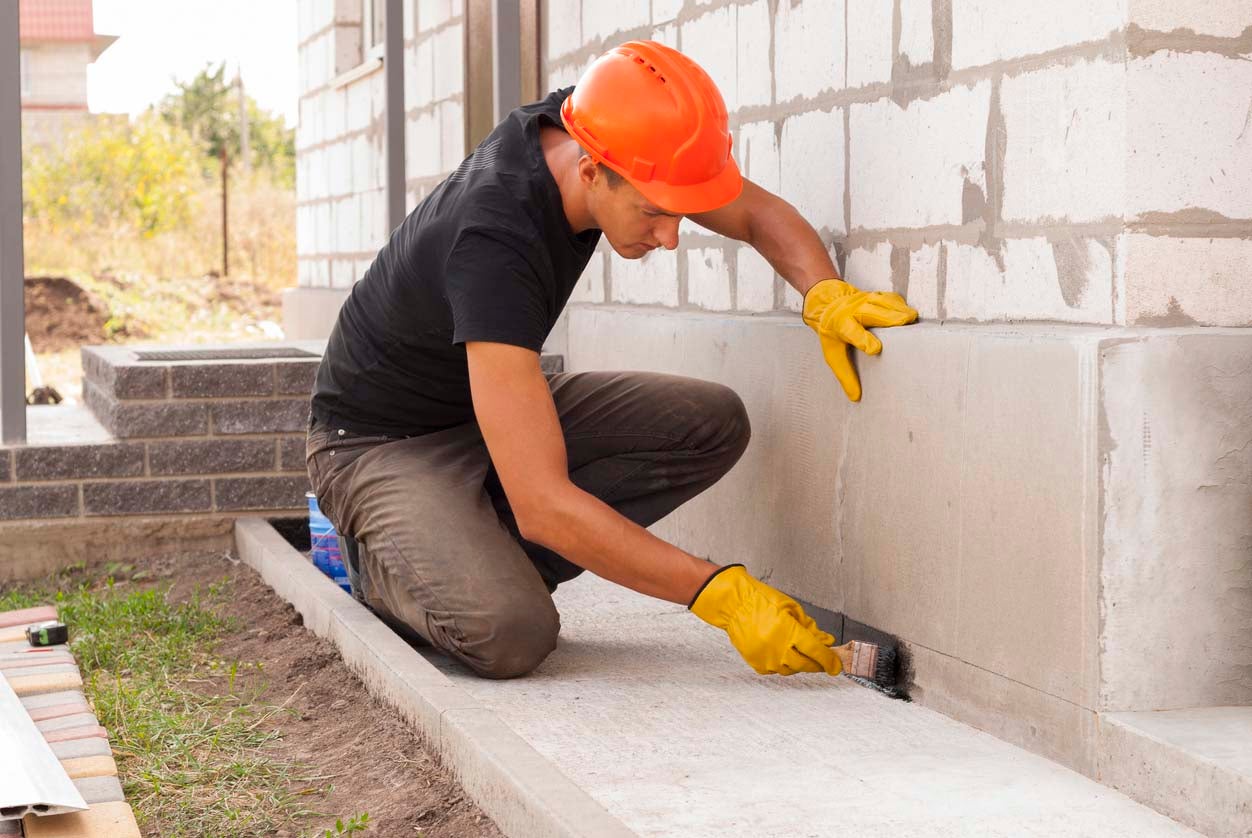
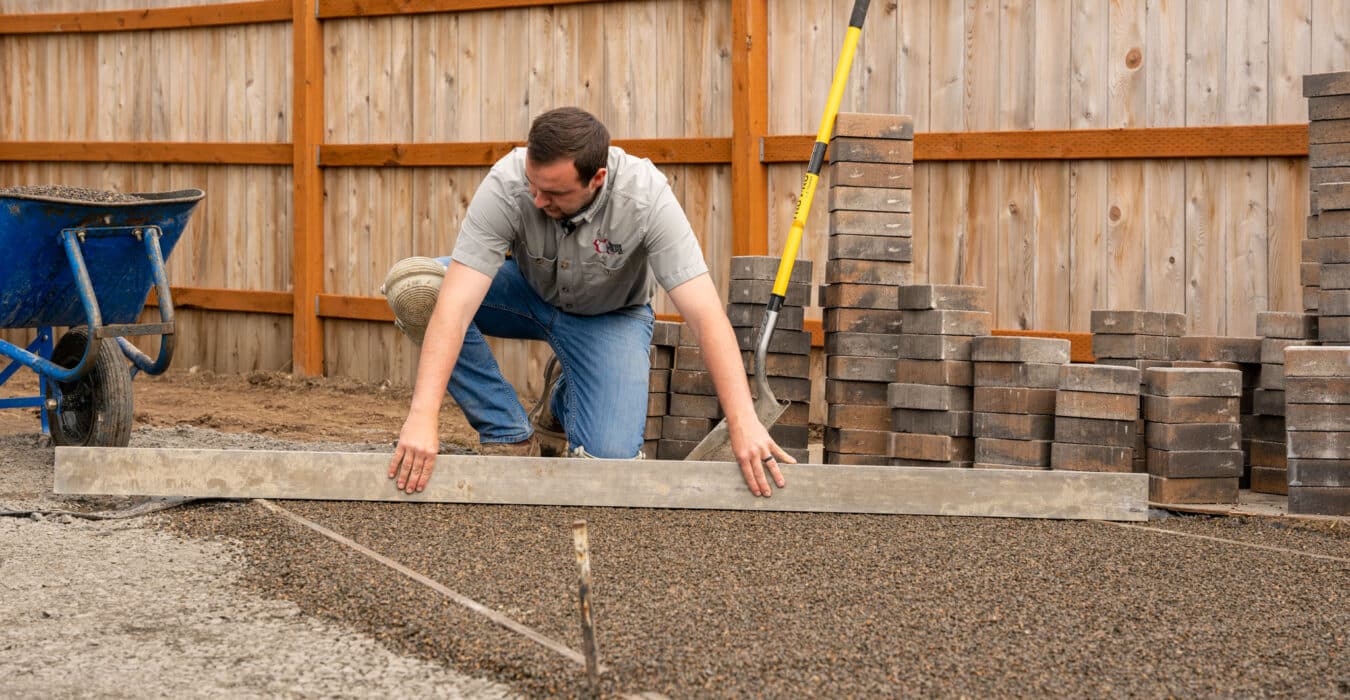
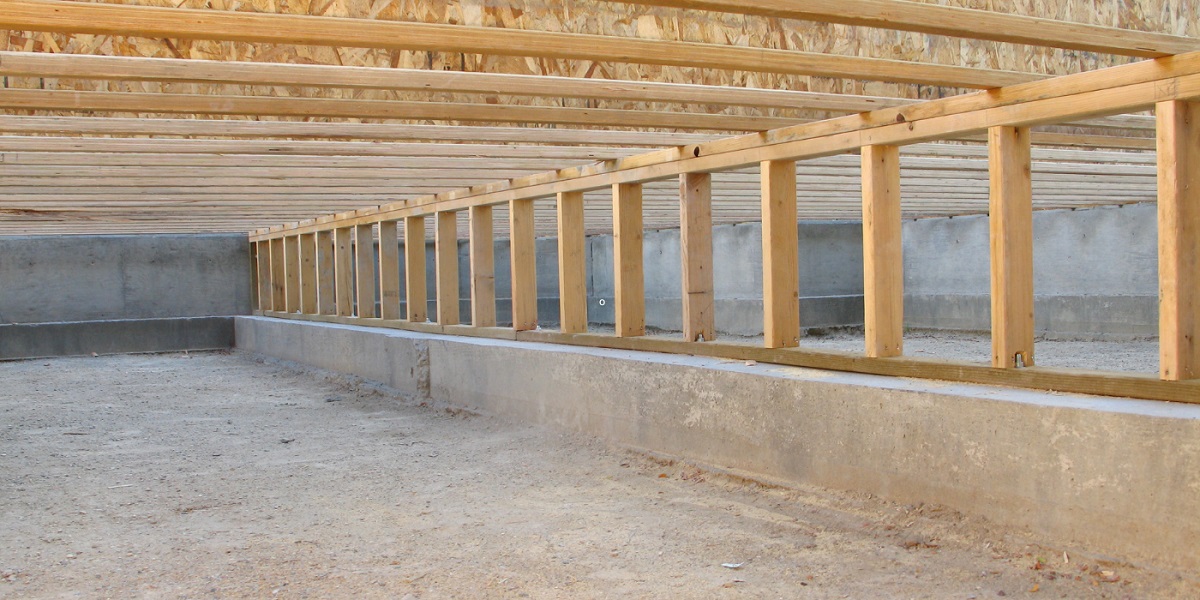
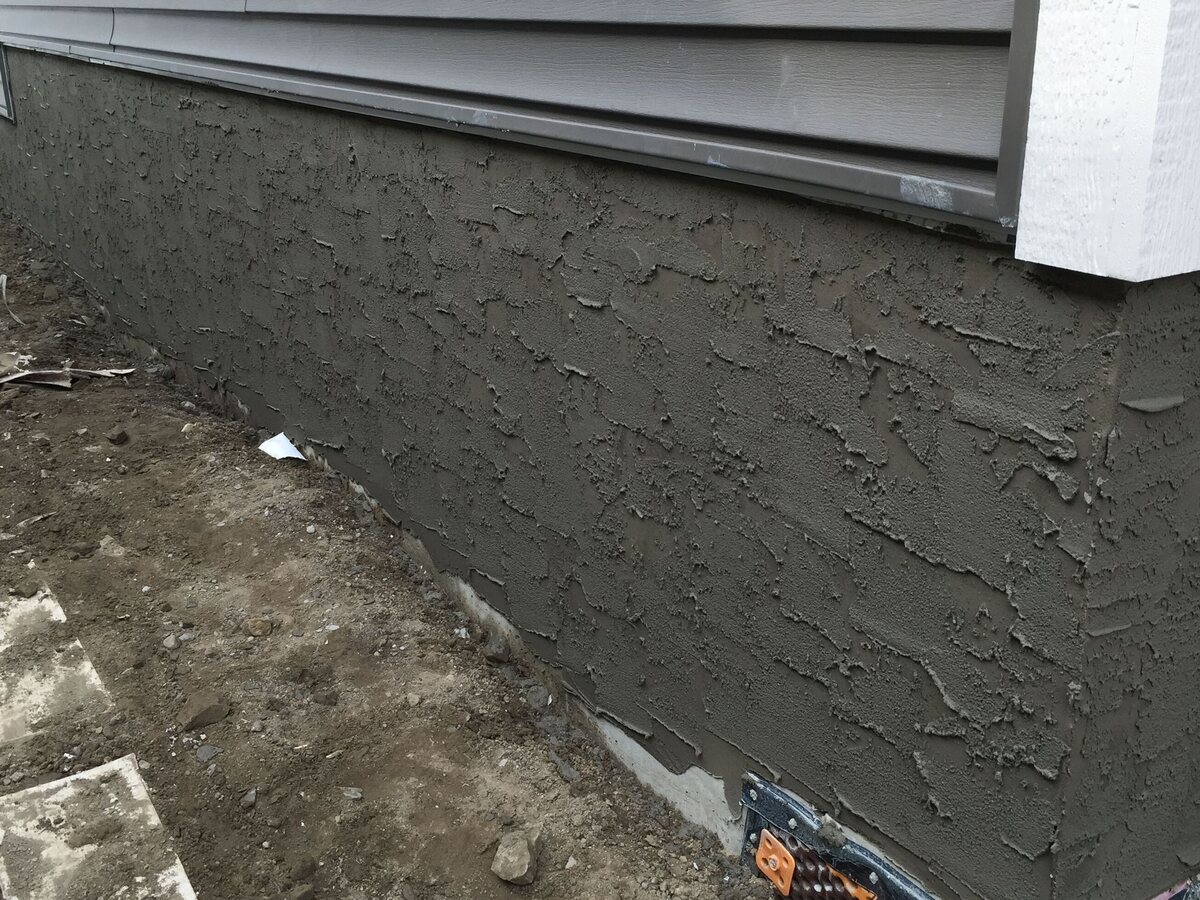
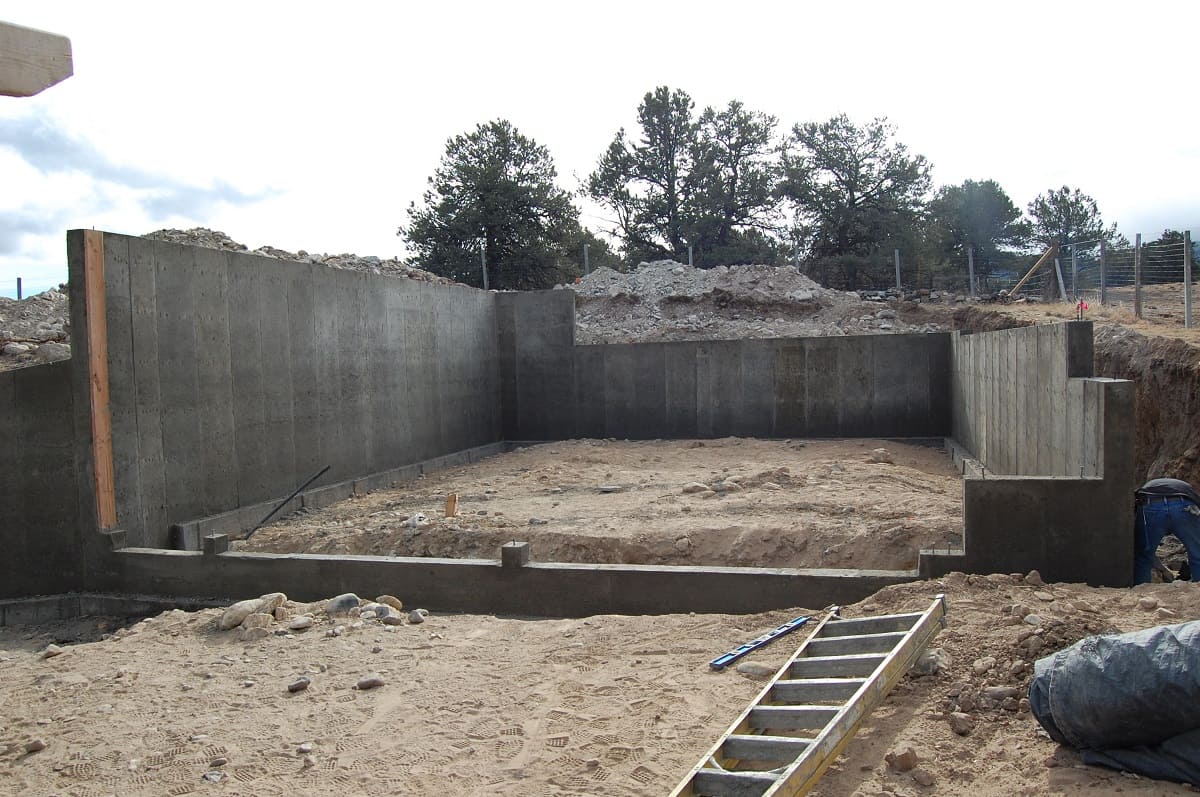
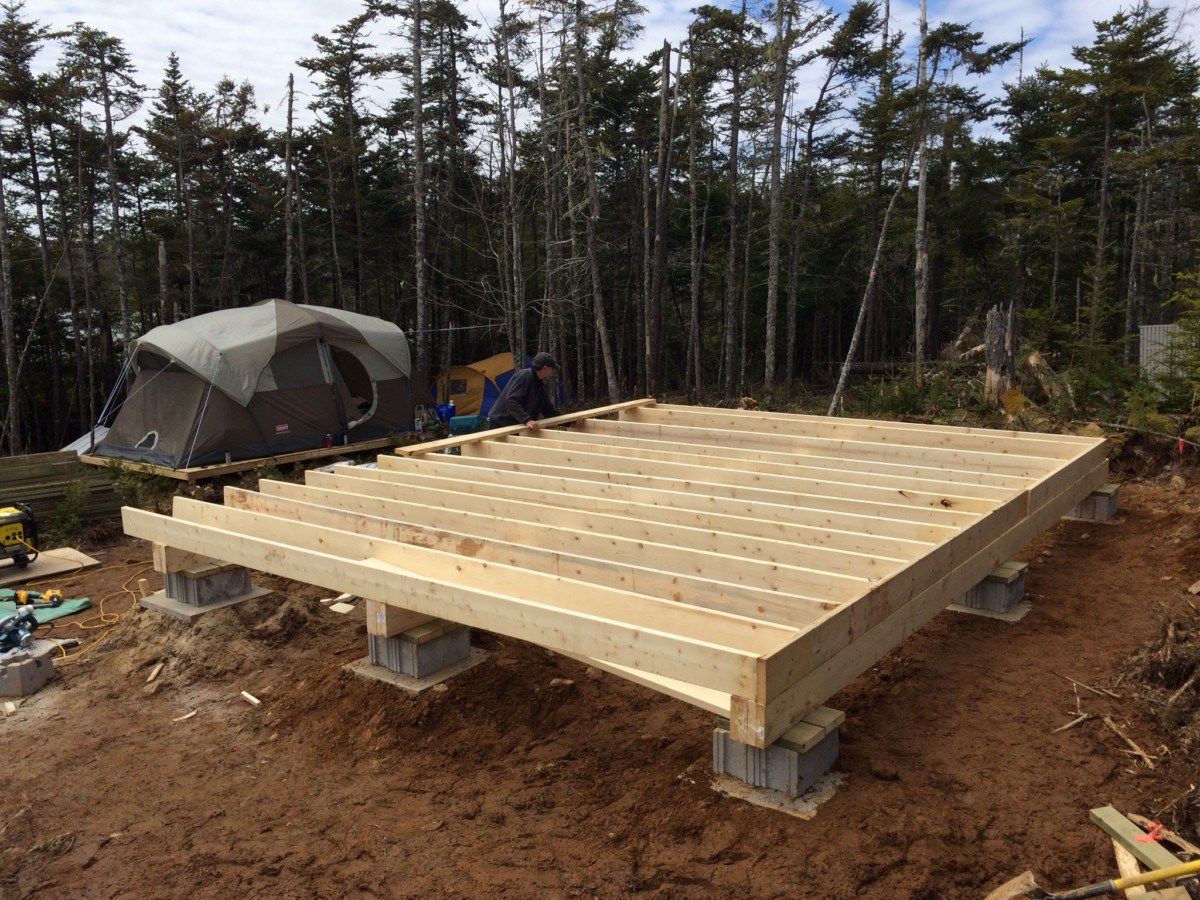
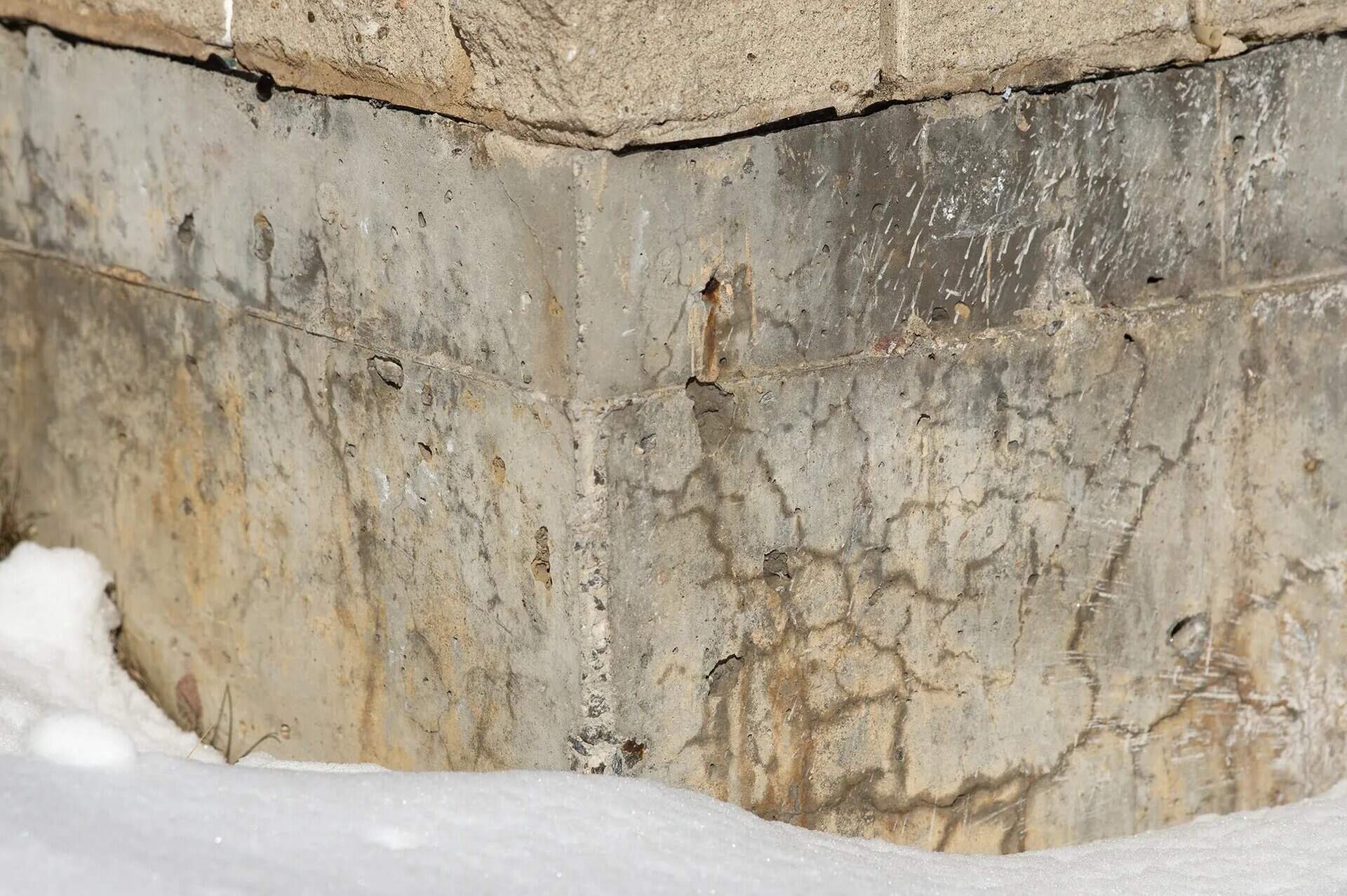
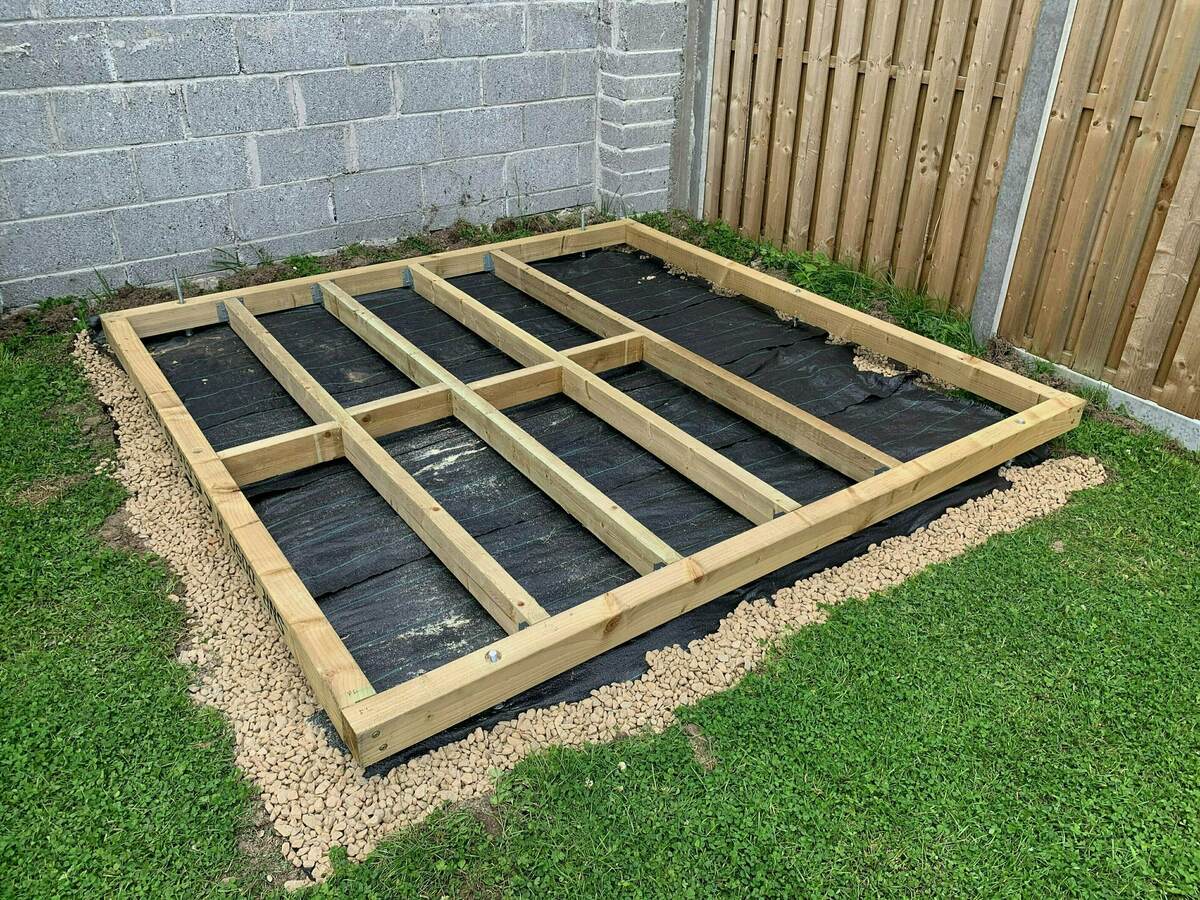
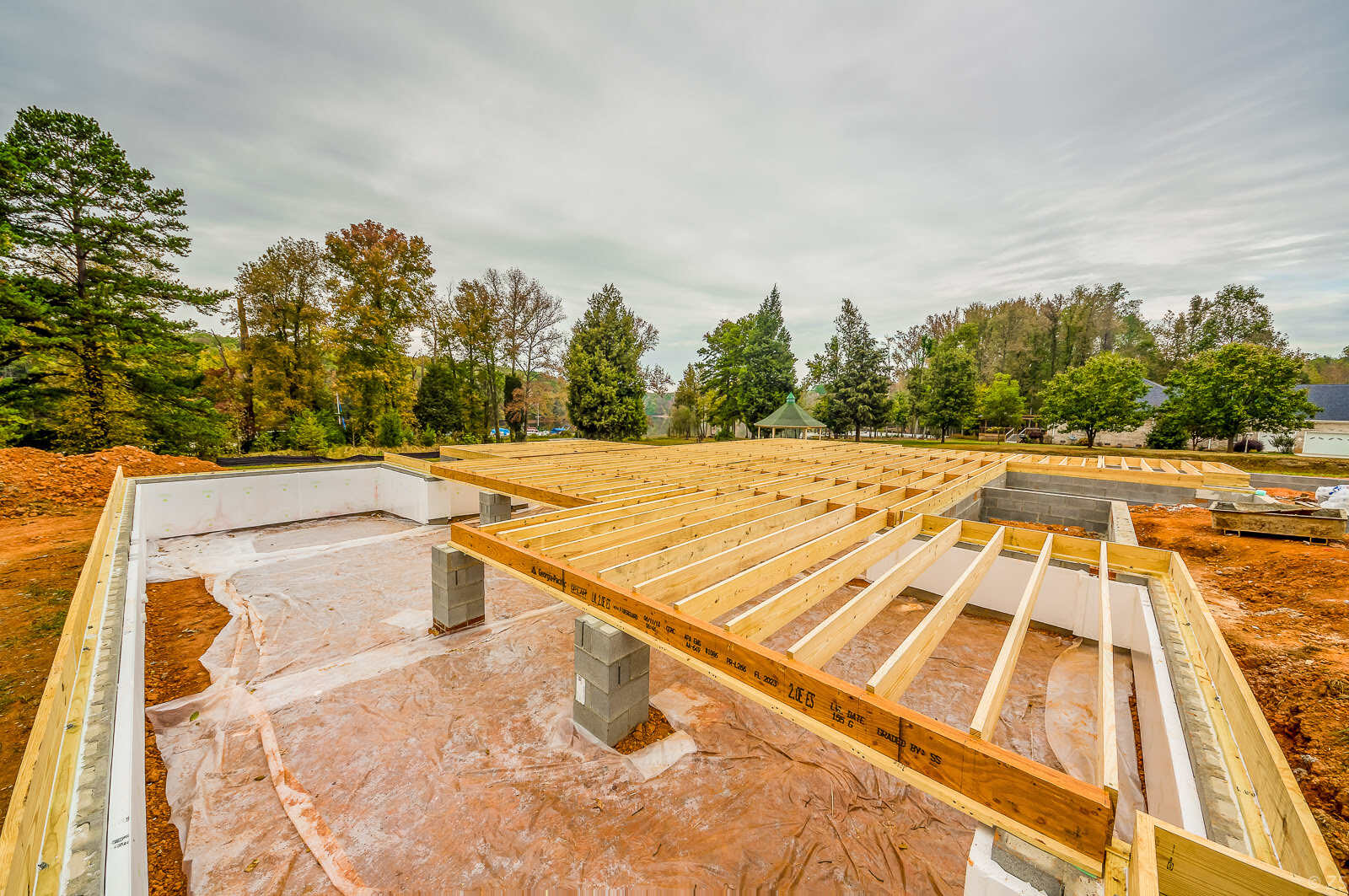
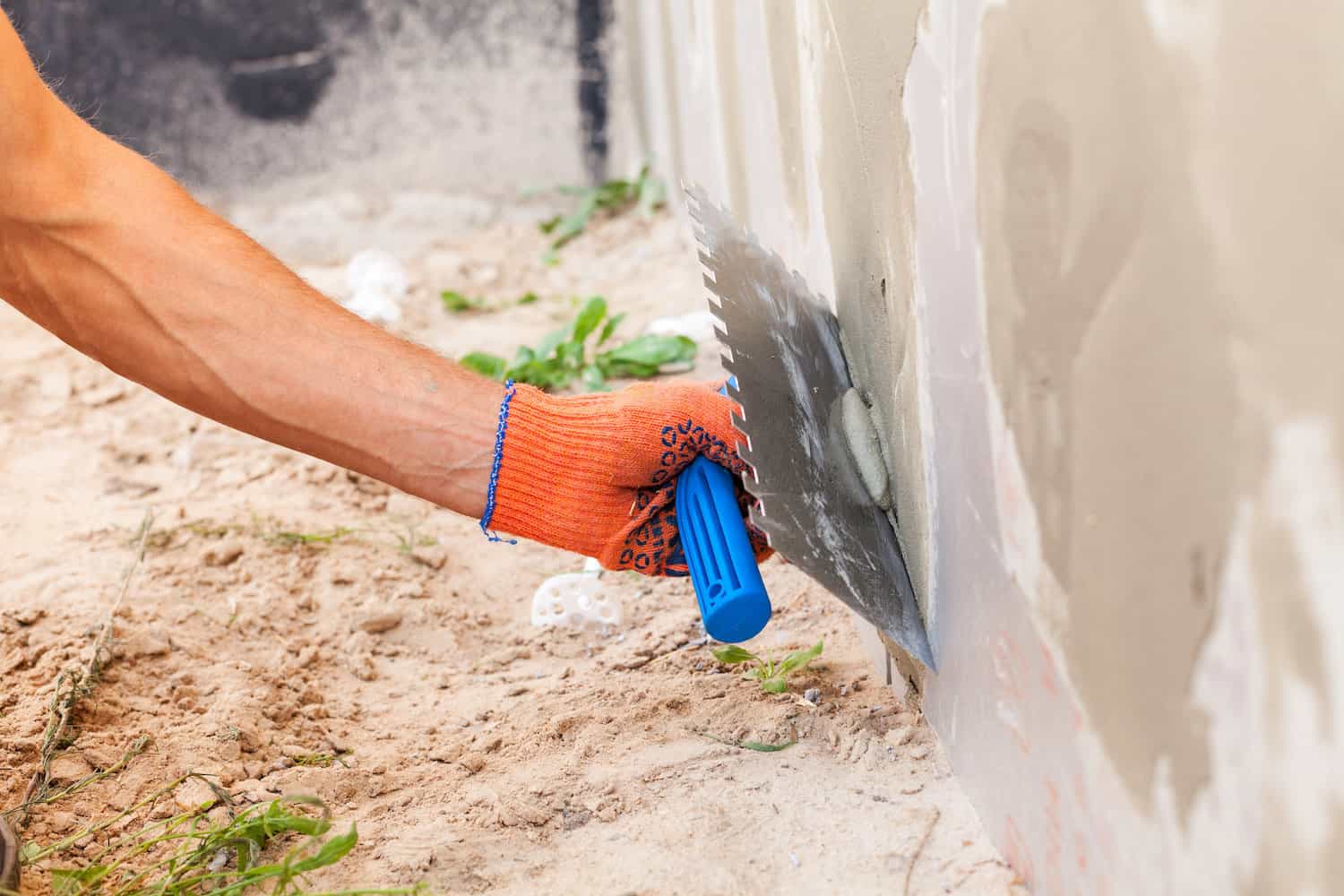
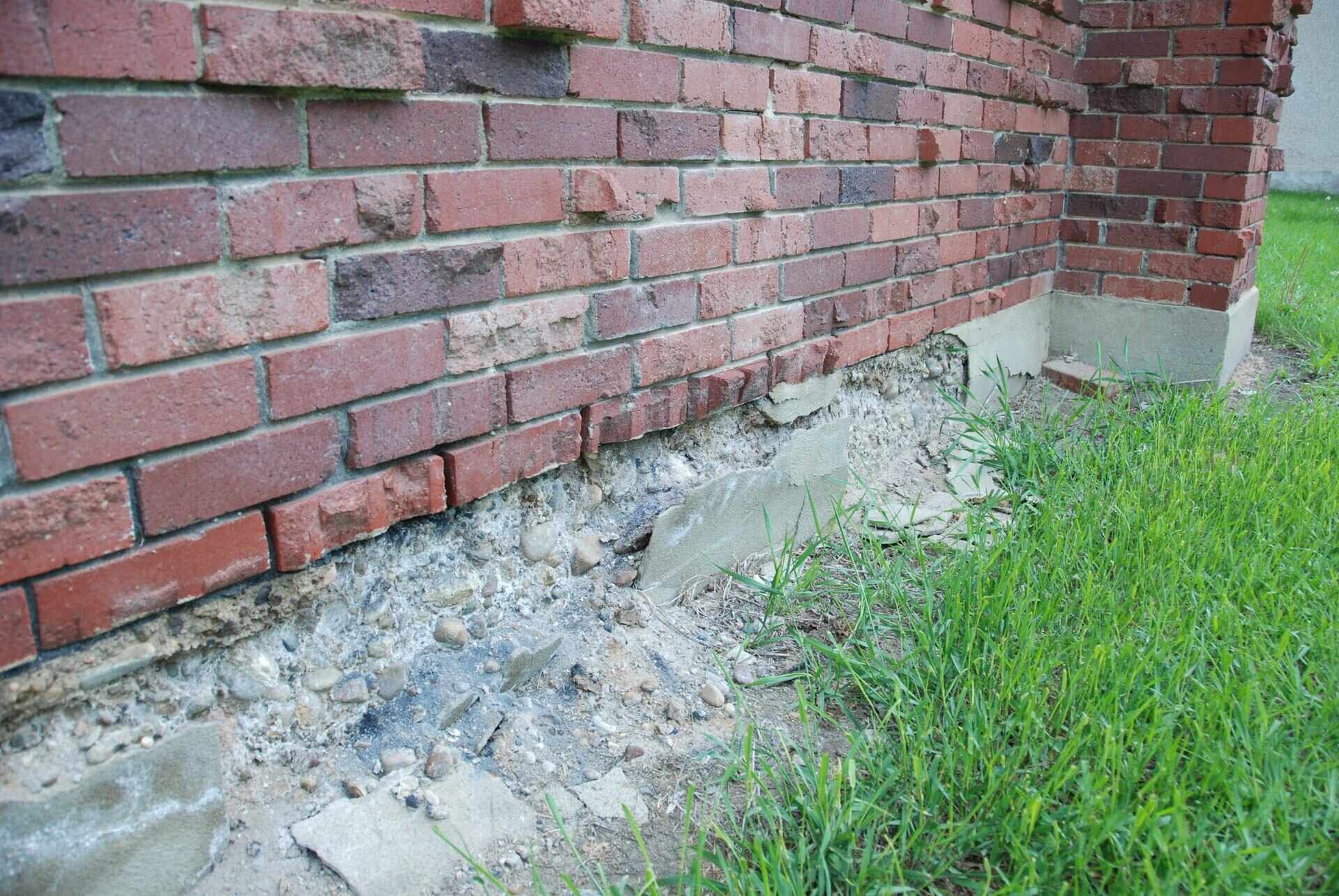
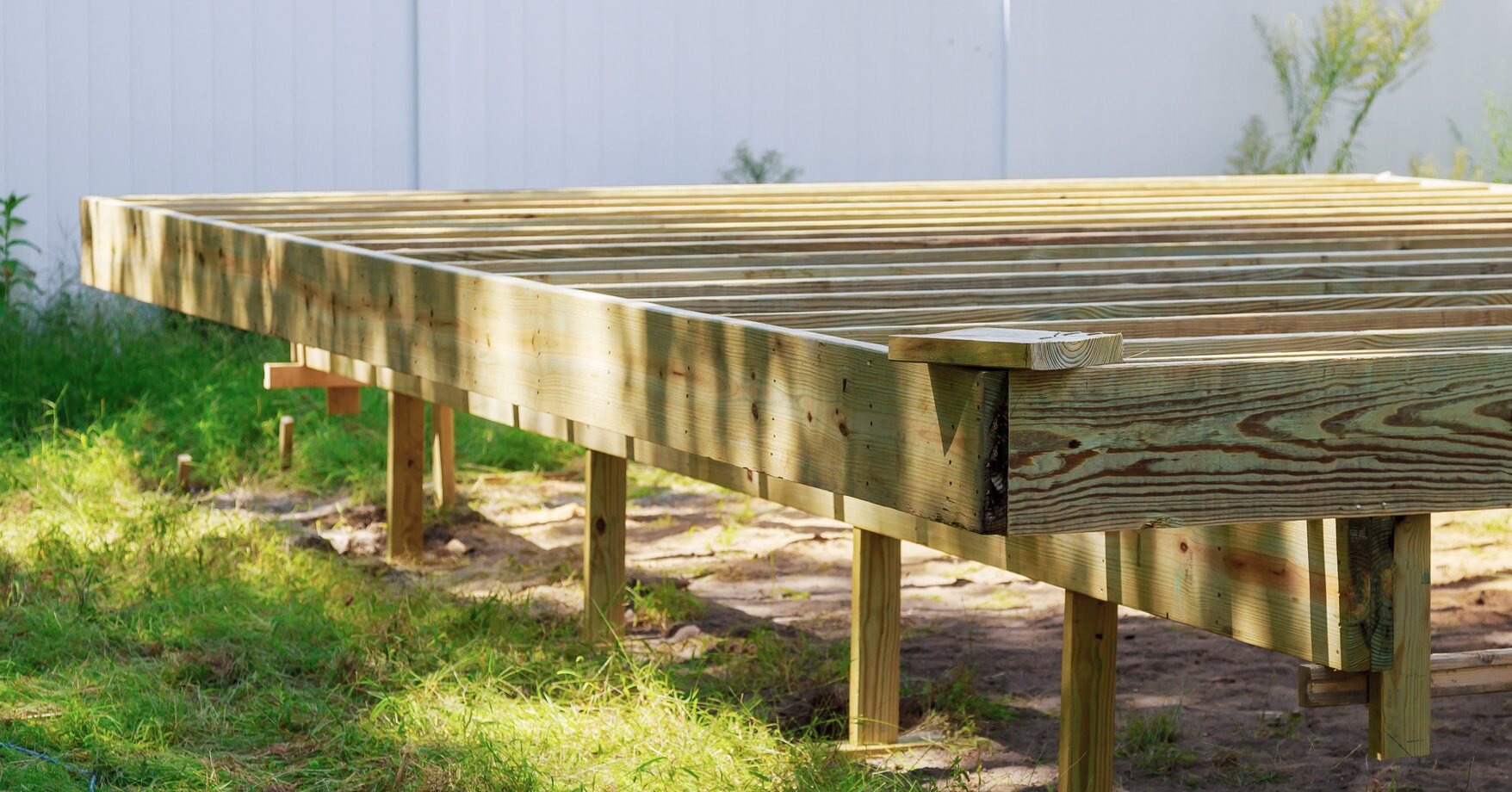

0 thoughts on “What Is The Best Foundation Repair Method”